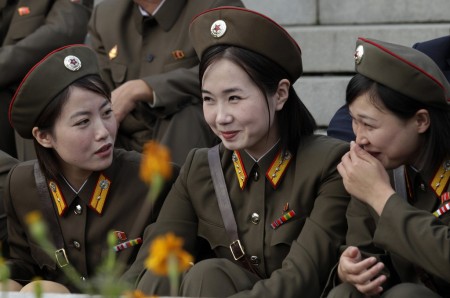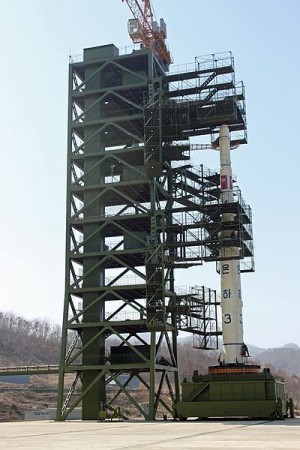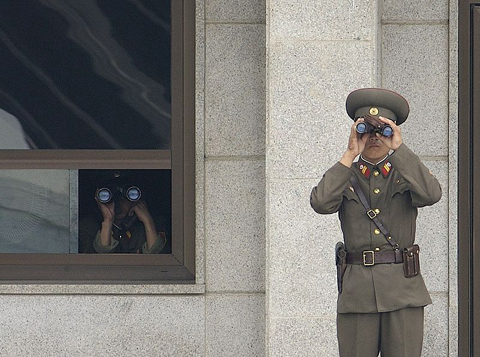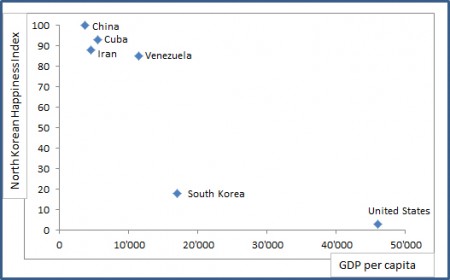The new stage of North Korea’s leadership succession began with the rise to power of the third generation leader Kim Jong-un. On 15 April 2012, the newly-appointed First Secretary of the Workers’ Party of Korea Kim Jong-un made his first public speech during a military parade to commemorate Kim Il-sung’s centenary. It was the official announcement of the opening of the Kim Jong-un regime toward the world.
A series of political events from the Meeting of Party Representatives to the Kim Il-sung centenary celebrations clearly show that the third generation of leadership is emerging as a new core power group backed by the second generation. This move means more than just a generational shift in North Korea’s power structure. It indicative of possible changes in policy lines on its internal and external affairs.
Kim Jong-un conducted political reshuffles before and after the Meeting of Party Representatives in April 2012, as part of actions to implement a moderate shift in generation and to firmly secure his control over the military. Since smoothly establishing the hereditary succession process, Kim Jong-un not only moved to-ward assuming political leadership but also swiftly acquired a firm grip on the power elites in the party, government, and military by reorganizing and uniting power elites. It would seem Kim Jong-un’s rule is stable, at least in terms of power structure.





 Next Tuesday, July 19th, ISN partner organization the
Next Tuesday, July 19th, ISN partner organization the 